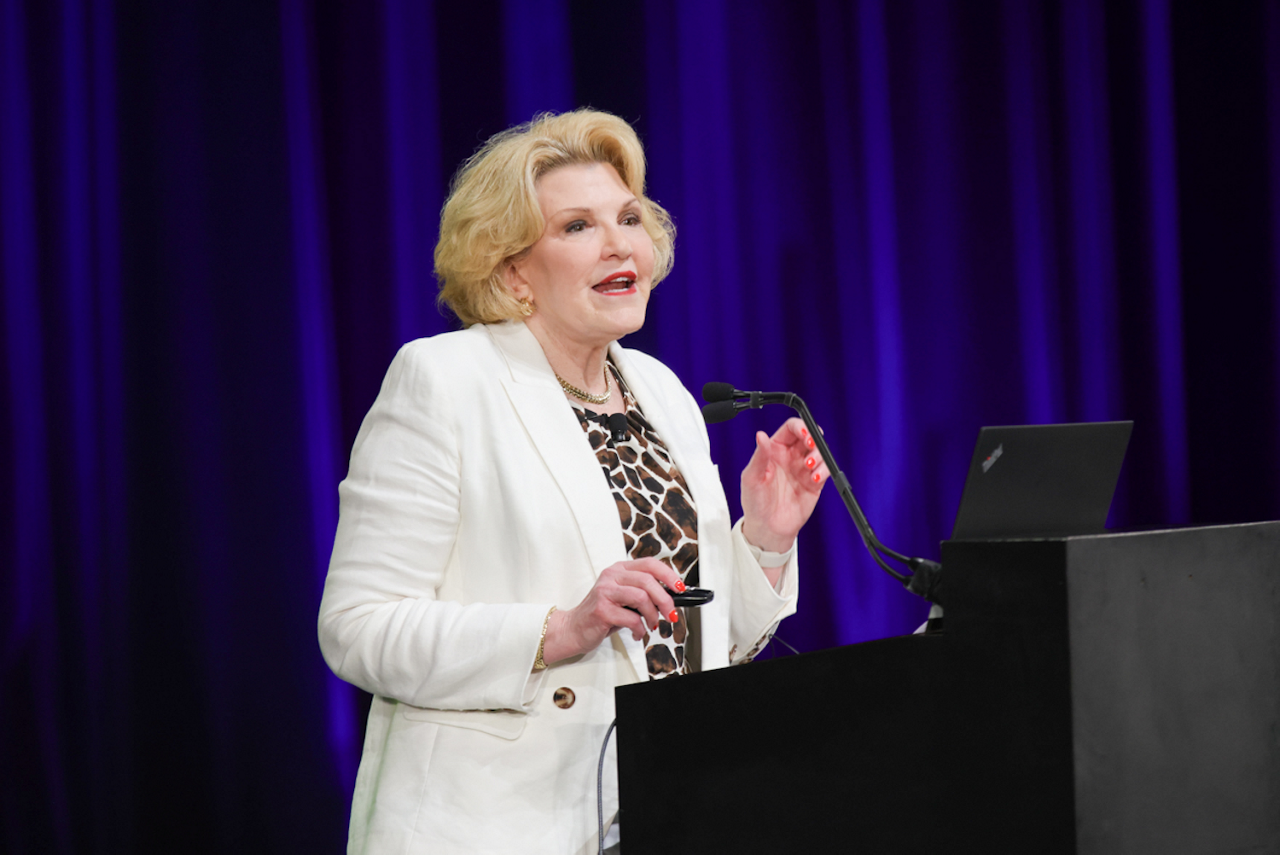Compensation growth ticked up slightly in the last quarter of the year.
The Employment Cost Index (ECI) increased 0.9% in the fourth quarter of 2024, new data finds, after rising 0.8% last quarter, according to Bureau of Labor Statistics (BLS) data released Jan. 31. Wages and salaries increased 0.9% and benefit costs increased 0.8% from September 2024.
Year over year, compensation costs in the U.S. for private industry workers—including pay and benefits—rose 3.6%, the same year-over-year rise as in the third quarter of 2024. Wages and salaries increased 3.7% for the 12-month period ending in December 2024 and increased 4.3% in December 2023, the BLS reported. The cost of benefits increased 3.3% for the 12-month period ending in December 2024 and increased 3.6% in December 2023.
Meanwhile, compensation for state and local government workers is up 4.7%, the same as the 4.7% reported in October.
The ECI measures changes in the cost of employees’ wages and benefits to employers over time. The Federal Reserve closely watches the ECI and the trajectory of wage growth as it considers interest rate changes.
The slight uptick in the ECI makes sense given that inflation has also risen in recent months, said Sydney Ross, junior economic researcher at SHRM. Additionally, she said, after showing signs of moderation throughout 2024, the year-over-year growth rate of average hourly earnings rose from 3.7% in Q3 to 3.9% in Q4.
Taken together, those facts send a preliminary signal that “compensation costs will remain a challenge for employers in 2025,” she said. Still, Ross added, that challenge will “not be at the level experienced in the overheated pandemic-era labor market, nor the levels we saw in Q4 2023.”
For policymakers, Ross added, the uptick in the ECI will likely reinforce the Federal Reserve’s decision this week to maintain the target range for the interest rate at 4.25–4.5%. “In making this decision, Chairman Jerome Powell cited concerns over elevated inflation, the solid pace of economic growth, low unemployment rate, and wanting to see further progress on inflation as key reasons to maintain the interest rate target as is to assess further jobs and labor market data,” she said.
An organization run by AI is not a futuristic concept. Such technology is already a part of many workplaces and will continue to shape the labor market and HR. Here's how employers and employees can successfully manage generative AI and other AI-powered systems.




